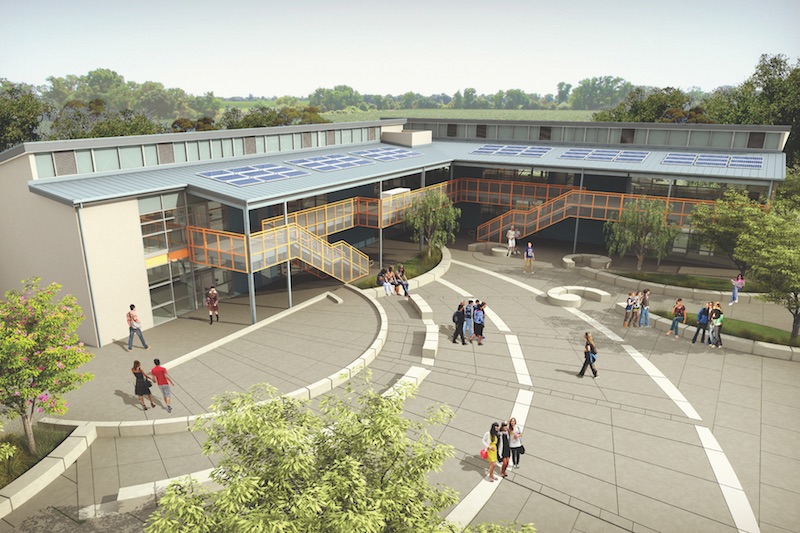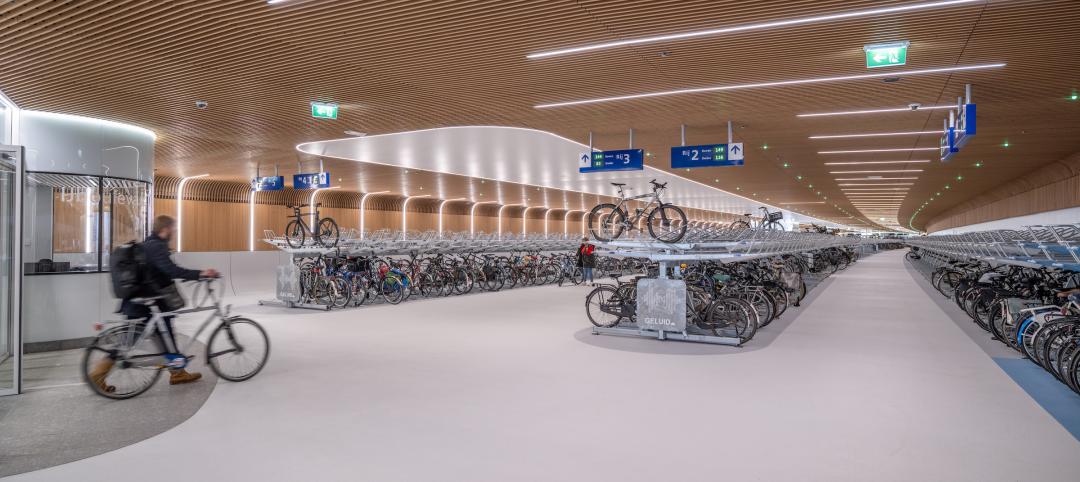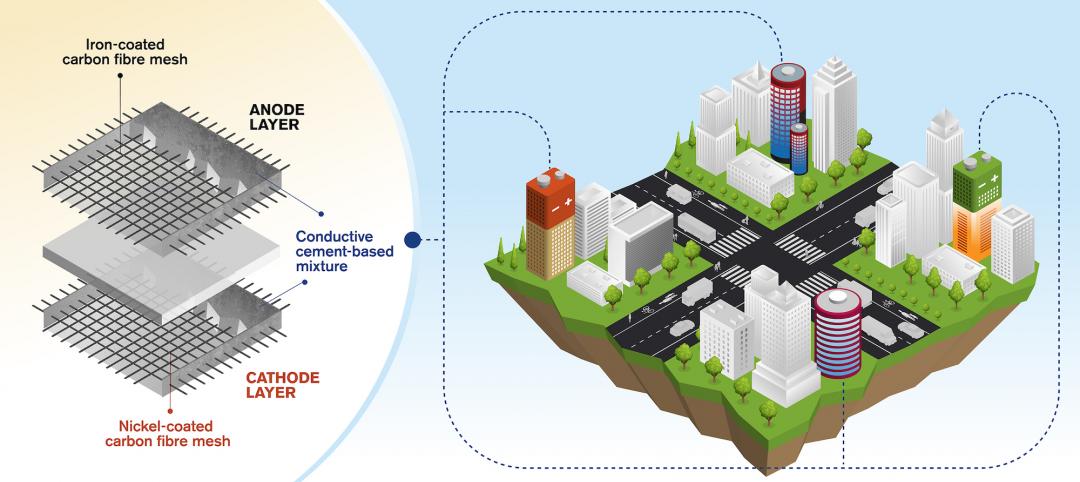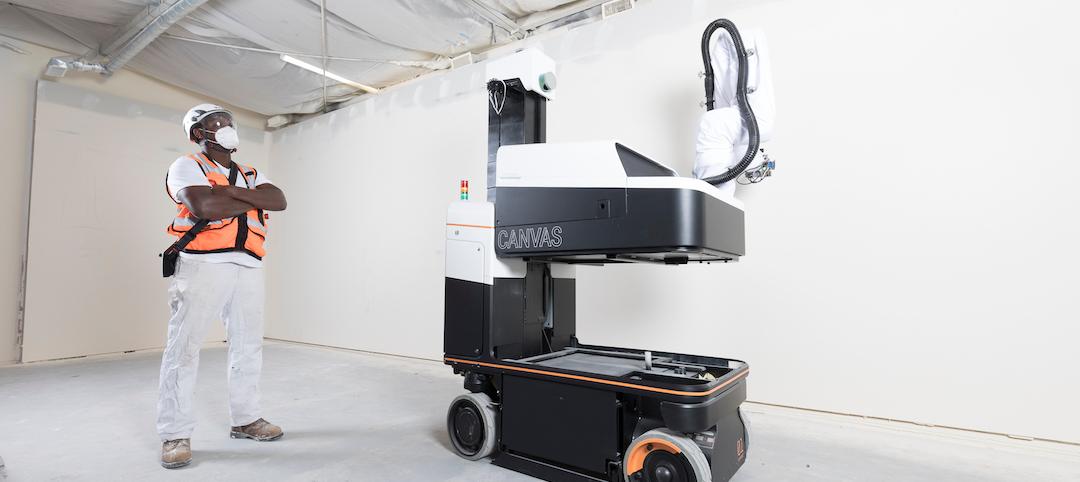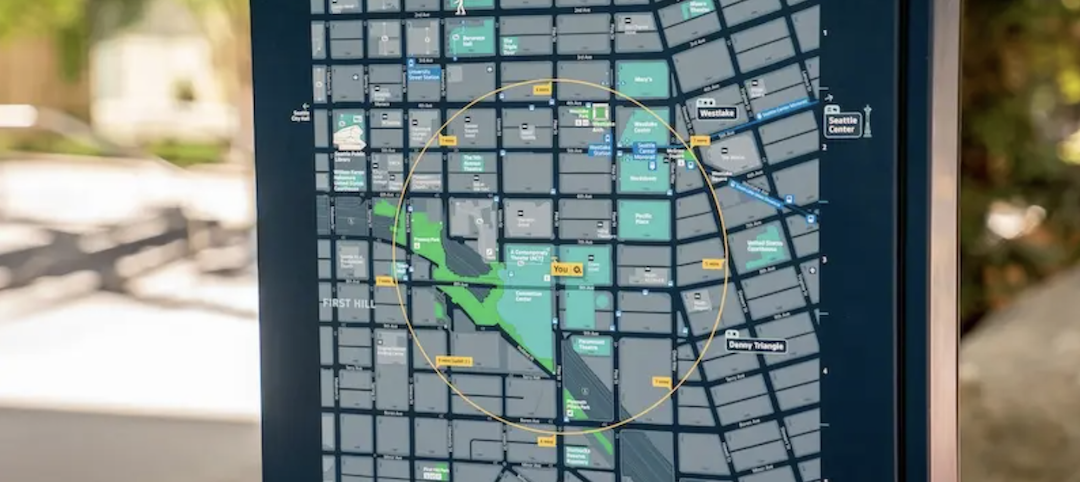The San Carlos (Calif.) School District was in the midst of implementing its master plan when it awarded Quattrocchi Kwok Architects (QKA) and Blach Construction a $30 million contract to build a new 44,000-sf, two-story classroom building at Central Middle School, and remodel the existing building.
That project became the testing ground for Folia, an economical method for school construction that QKA, Blach, and structural engineer Gregory P. Luth and Associates had been working on since 2011.
Building K-12 schools in California poses two problems: it takes forever and it costs a fortune. The San Carlos School District needed to accommodate a student population that’s projected to grow to nearly 4,000 students by 2020, from 3,400 today. Given the high cost of real estate in northern California’s Bay Area, the district chose to optimize its existing properties to address its capacity needs.
Folia, which derives from the Greek word meaning “nest,” provides an alternative to traditional steel-framed classroom construction. Unlike modular construction, the Folia system offers design flexibility for any campus or classroom configuration.
A key to Folia is customized pre-engineering within standardized parameters, says Steve Kwok, a AIA, Partner with QKA. For example, all braced frames are 10 feet wide. The width of the foundation is the same for all school models. Blach produces the building’s braced frames and 10x30-foot exterior steel wall panels in its shop and delivers them to the job site.
Kwok estimates that a Folia school costs about $400 per sf, compared to $500-plus for a traditionally built school. As important, the Building Team took 10 months to complete Central Middle School, which Kwok says is much faster than conventional building methods.
A Folia school is designed to exceed California’s Green Building Code and Energy Code standards. In June, The Division of the State Architect pre-checked a Folia two-story
L-shaped prototype with 12 classrooms. A DSA pre-check shaves months off the design and construction time.
Read about more innovations from BD+C's 2016 Great Solutions Report
Related Stories
Cladding and Facade Systems | Apr 5, 2023
Façade innovation: University of Stuttgart tests a ‘saturated building skin’ for lessening heat islands
HydroSKIN is a façade made with textiles that stores rainwater and uses it later to cool hot building exteriors. The façade innovation consists of an external, multilayered 3D textile that acts as a water collector and evaporator.
Transportation & Parking Facilities | Mar 23, 2023
Amsterdam debuts underwater bicycle parking facility that can accommodate over 4,000 bikes
In February, Amsterdam saw the opening of a new underwater bicycle parking facility. Located in the heart of the city—next to Amsterdam Central Station and under the river IJ (Amsterdam’s waterfront)—the facility, dubbed IJboulevard, has parking spots for over 4,000 bicycles, freeing up space on the street.
Concrete | Jan 24, 2023
Researchers investigate ancient Roman concrete to make durable, lower carbon mortar
Researchers have turned to an ancient Roman concrete recipe to develop more durable concrete that lasts for centuries and can potentially reduce the carbon impact of the built environment.
Sponsored | Resiliency | Dec 14, 2022
Flood protection: What building owners need to know to protect their properties
This course from Walter P Moore examines numerous flood protection approaches and building owner needs before delving into the flood protection process. Determining the flood resilience of a property can provide a good understanding of risk associated costs.
Giants 400 | Nov 14, 2022
4 emerging trends from BD+C's 2022 Giants 400 Report
Regenerative design, cognitive health, and jobsite robotics highlight the top trends from the 519 design and construction firms that participated in BD+C's 2022 Giants 400 Report.
AEC Tech | Apr 13, 2022
A robot automates elevator installation
Schindler—which manufactures and installs elevators, escalators, and moving walkways—has created a robot called R.I.S.E. (robotic installation system for elevators) to help install lifts in high-rise buildings.
AEC Tech Innovation | Mar 9, 2022
Meet Emerge: WSP USA's new AEC tech incubator
Pooja Jain, WSP’s VP-Strategic Innovation, discusses the pilot programs her firm’s new incubator, Emerge, has initiated with four tech startup companies. Jain speaks with BD+C's John Caulfield about the four AEC tech firms to join Cohort 1 of the firm’s incubator.
Great Solutions | Jan 18, 2022
Researchers develop concept for rechargeable cement-based batteries
Researchers from the Department of Architecture and Civil Engineering at Chalmers University of Technology in Gothenburg, Sweden, have created a concept for rechargeable batteries made of cement. The concept involves a cement-based mixture with small amounts of short carbon fibers added to increase conductivity and flexural toughness.
Great Solutions | Nov 22, 2021
Drywall robots take the risk out of the finishing process
Canvas is using robots to complement the work already being done by drywall professionals.
Great Solutions | Sep 23, 2021
Seattle looks to become America’s most walkable city with a new citywide wayfinding system
Seamless Seattle will support the Seattle Department of Transportation’s commitment to increase the percentage of trips made by walking to 35% by 2035.


